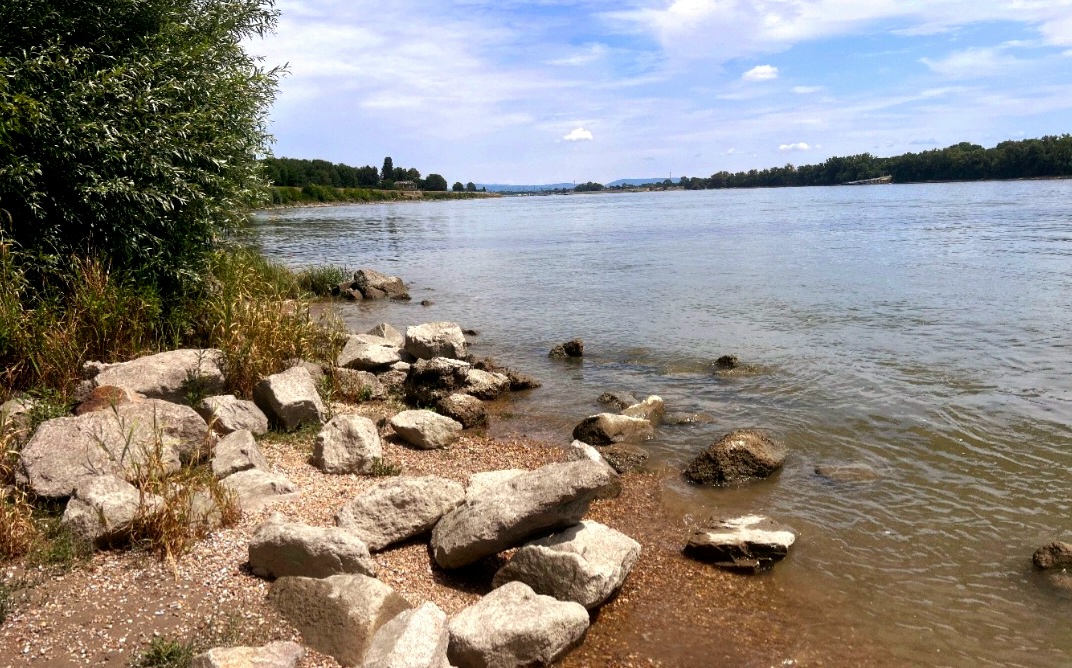Email Address
slavkasknonprofit@gmail.com
Phone Number
+421 914 704 008
Our Location
Ulica R. Seressa 1488/8, 94501 Komárno
slavkasknonprofit@gmail.com
+421 914 704 008
Ulica R. Seressa 1488/8, 94501 Komárno

Among Slovakia’s natural treasures, the Danube holds a prominent place. As Europe’s second-longest river, it flows through the capital, Bratislava. However, the Danube today carries not only life—but also plastic waste. Increasing plastic pollution threatens both the river’s ecosystems and the population’s drinking water sources.
Although the Danube was once considered relatively clean, alarming signs have emerged in recent years. Both Slovak and international research show that several tons of plastic waste enter the river each year, primarily in the form of bottles, films, and packaging materials.
The problem is worsened by the fact that the Danube is not only a recipient but also a transporter of this waste: what enters the river in Bratislava can reach all the way to the Black Sea.
The main sources include:
Plastic does not biodegrade in nature; it only breaks into smaller pieces—entering the food chain as microplastics. Microplastics have already been detected in Slovak fish, aquatic insects, and even drinking water samples.
Although progress is being made—new waste management laws, cleanup efforts by civil organizations, and initiatives like “Plastic-free Slovakia”—the system still has weak points. But there is hope. If there were stricter control over illegal waste dumping, more funding for innovative waste-processing technologies, and high public awareness, it could significantly reduce plastic pollution.
The key to sustainable solutions lies in the circular economy—where plastic is not waste, but a resource. Technologies like pyrolysis—which recycles non-recyclable plastic through thermal decomposition—give Slovakia the chance not just to suffer the consequences, but to actively shape the future of clean water systems.
The Danube is not just water—it’s a mirror. It reflects how we treat nature’s gifts and what we leave behind for future generations. Now is the time for Slovakia to pour not only clean water into glasses—but into the Danube itself.